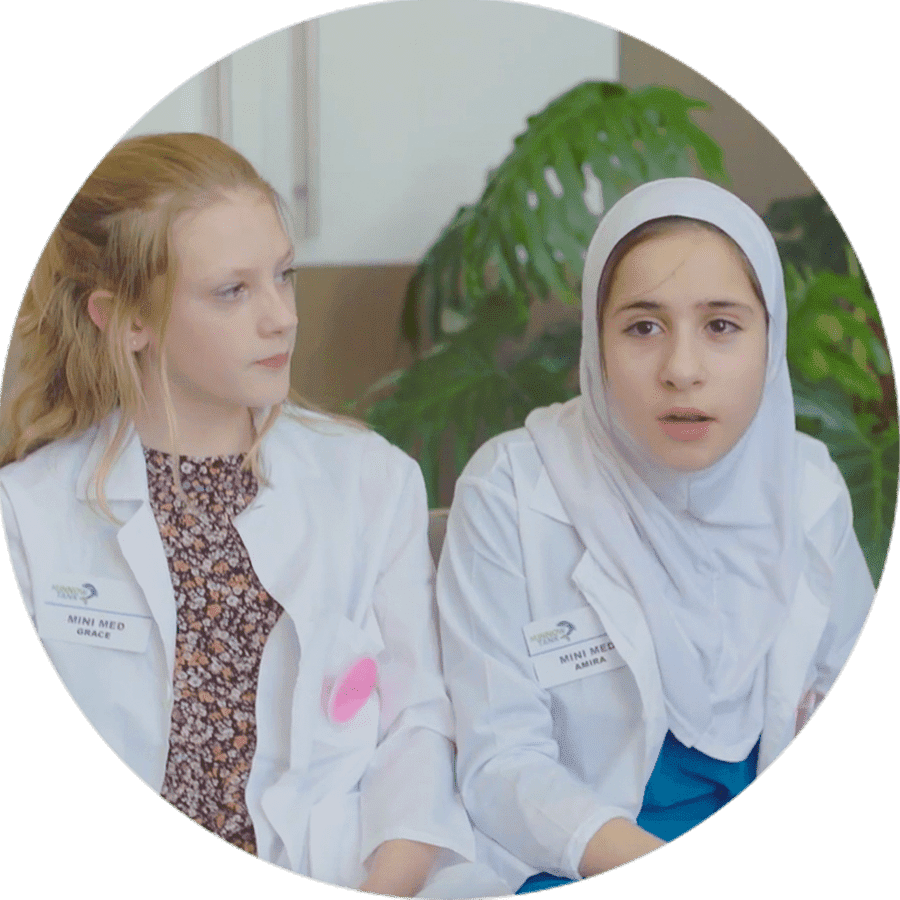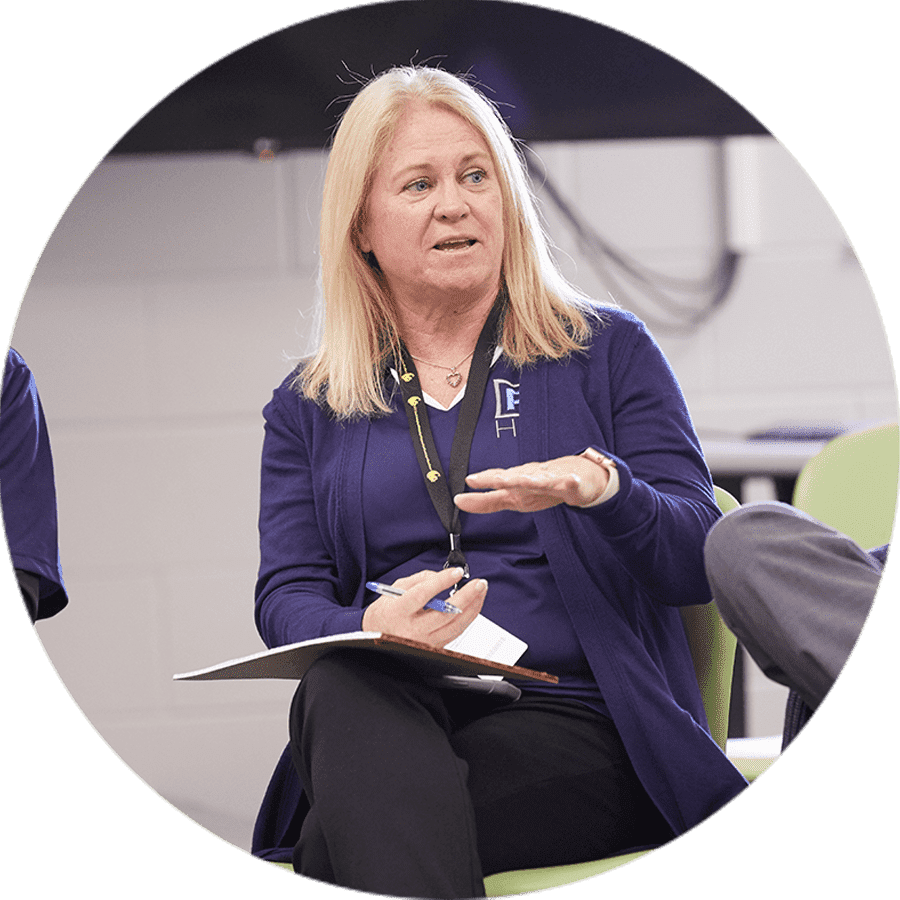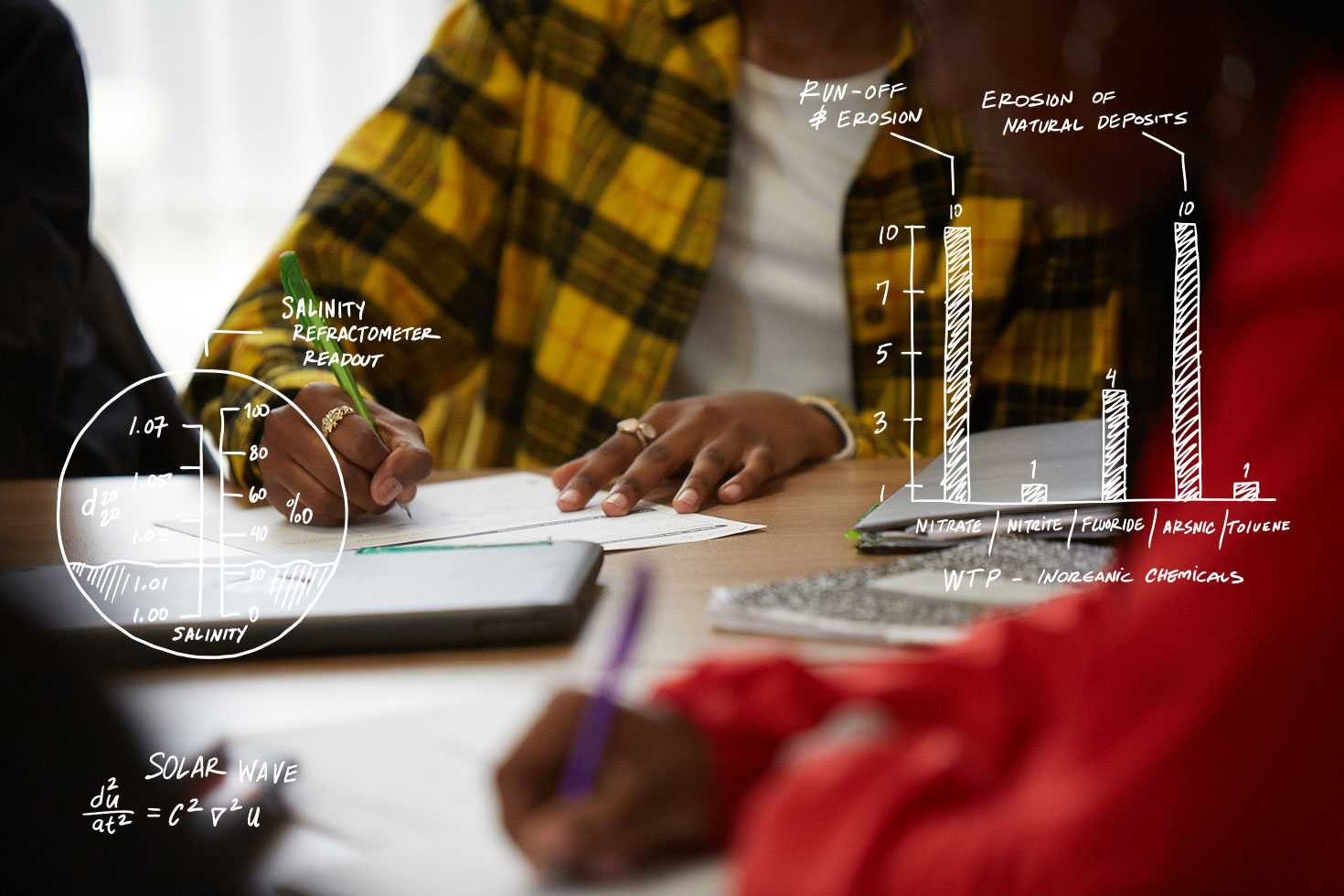3. When adolescents and adults truly collaborate, extraordinary things can happen.
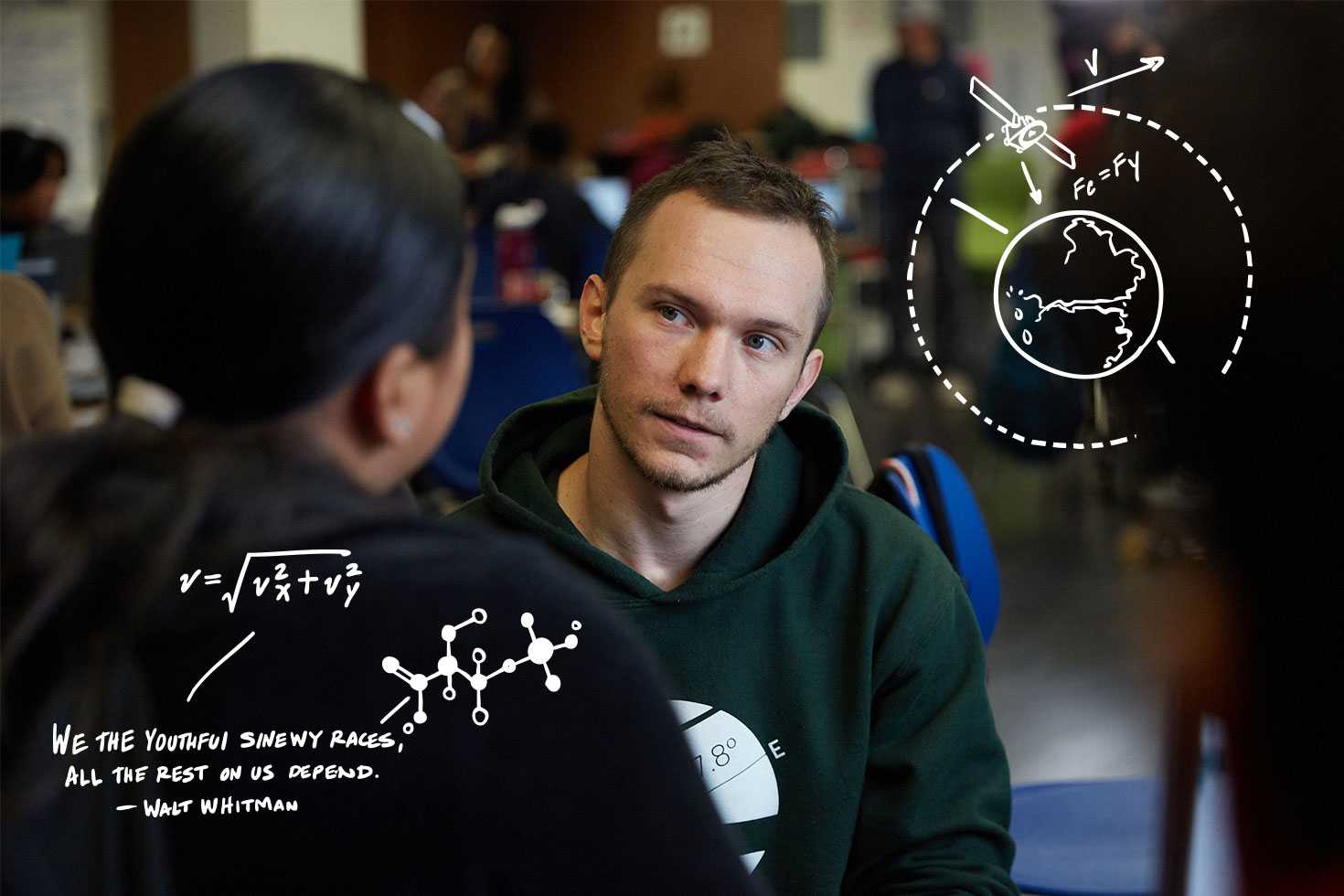
Let’s open doors so students can contribute.
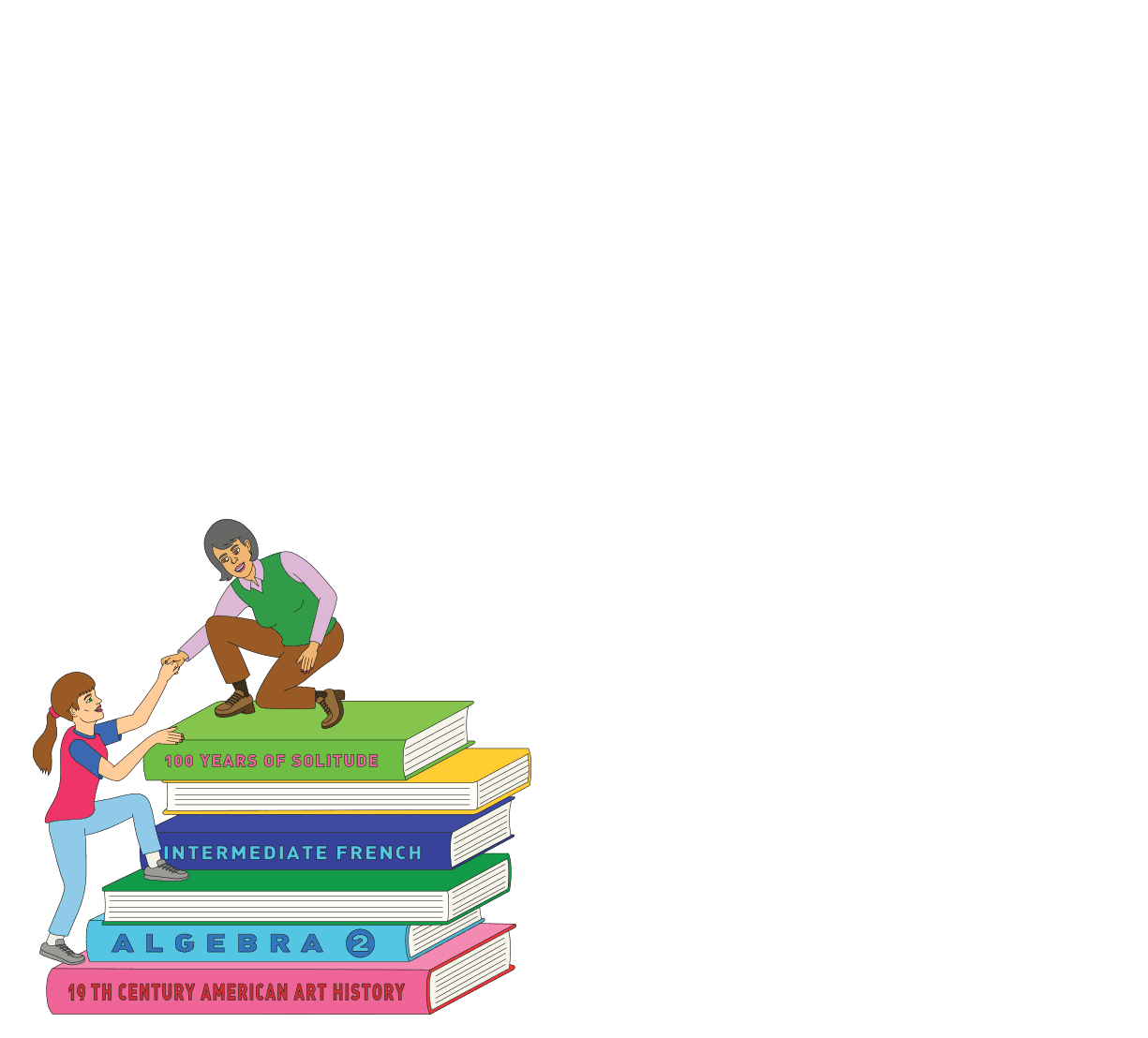

Fact:
Only 1 in 2 secondary students says that adults and students work together to make their school better.
Source: Quaglia Institute
Students build confidence, motivation and resiliency when they experience positive relationships with adults. When they help design their own education, students uncover new needs to address—and imaginative ways to address them.
That’s what happened in Seminole County Public Schools when school district leaders asked a team of students to help design a new high school. Here’s what students said: “All students want the opportunity to have a secure and productive future in college and career,” and to leave high school with a plan for life after school. Second, students want “a fair playing field,” with “equal opportunities for all people regardless of race, religion, sexual orientation or income.” And, third, students want to play a part in “solving local and global problems,” ranging from small-scale community challenges to large-scale social issues.
The school they designed, PSI High (short for Problem-Solving Incubator), an XQ school, focuses on real-world, project-based learning and serves as “living proof that students can play a leading role in changing the world for the better.”
In Tennessee, students in a sociology class at rural Elizabethton High School explored their vision for what high school could be by researching the history of public education in the U.S. and learning about education policy in their state and district. Their ideas evolved into a special student-centered program called Bartleby, which started with two pilot courses on community improvement and youth entrepreneurship.
The program was such a success that the district expanded it to include all high school students, and Elizabethton is now an XQ school. Recent graduate McKenna Kiser, who was part of the student design team, put it this way: “I initially just thought of this program as a resource to gain volunteer hours, but it completely changed how I think education should be. By having full ownership of my education, I learned skills that couldn’t be found in a classroom but only through application.”
We must remember that intelligence is not enough. Intelligence plus character—that is the goal of true education. The complete education gives one not only power of concentration, but worthy objectives upon which to concentrate.
– Martin Luther King, Jr., The Purpose of Education
Dive Deep
![two students together]() Inside the Minnow Tank
Inside the Minnow TankGirls pitch ideas to a panel of amazing women through a project created by high school students at Iowa BIG.
Watch![a piece of paper and pen]() Learners Front and Center
Learners Front and CenterDiscover how a school design team in Massachusetts put learners at the forefront of reimagining high school.
Read![a book open to a page]() In Her Own Words
In Her Own WordsElizabethton High student McKenna Kiser describes how the Bartleby Program transformed her view of education.
Read![an educator talking]() When School Belongs to the Students
When School Belongs to the StudentsA PSI High educator describes how the school is living up to its guiding principle that “PSI High belongs to students.”
Read
Analyze
A lot of young people have learned to expect that they’ll be left out of decisions that impact their lives. To earn their trust, signal clearly that students’ participation will be valued and their voices will be heard.
Step 1 – Research
Develop a plan for engaging more students, both as members of your design team and as providers of essential guidance and feedback. Schedule time for town meetings, focus groups, and review sessions, in person and virtual, and specify how you’ll share your evolving plans and ideas.
Step 2 – Reflect
Working with your team, explore these questions:
- How can you build up young people’s capacity to advocate for themselves and their aspirations?
- In what ways can you help students understand what’s possible beyond their immediate circumstances?
- Now, write a letter to share with local young people explaining the design process, outlining the roles they can play, and inviting them to get involved.
